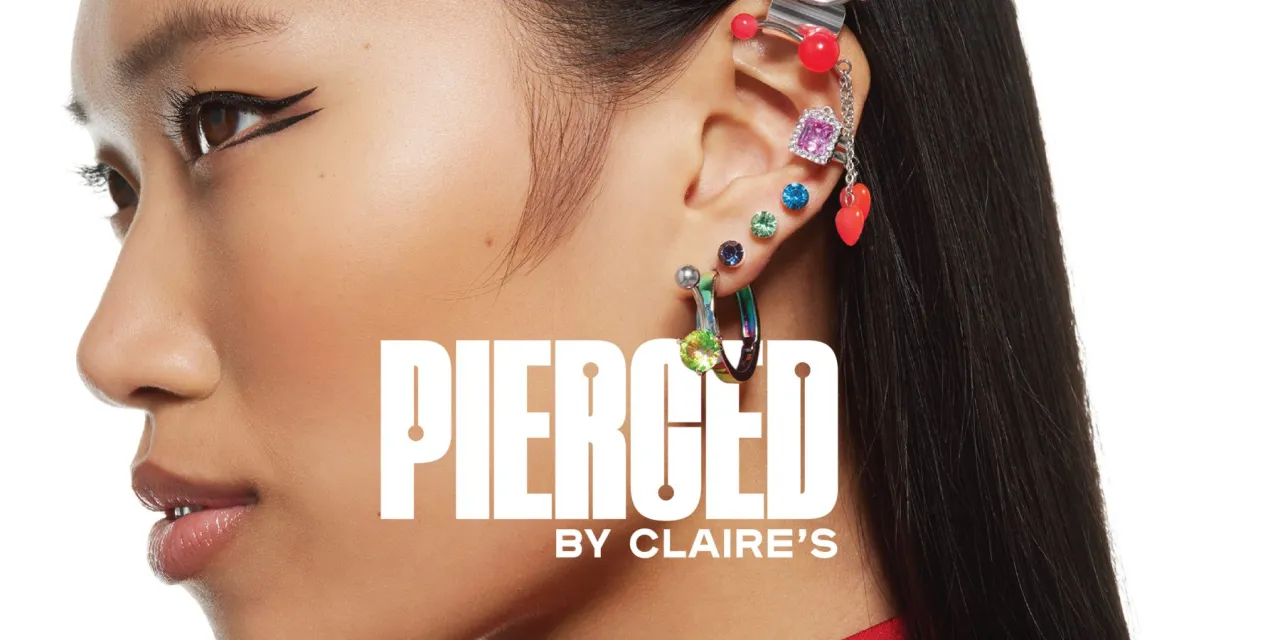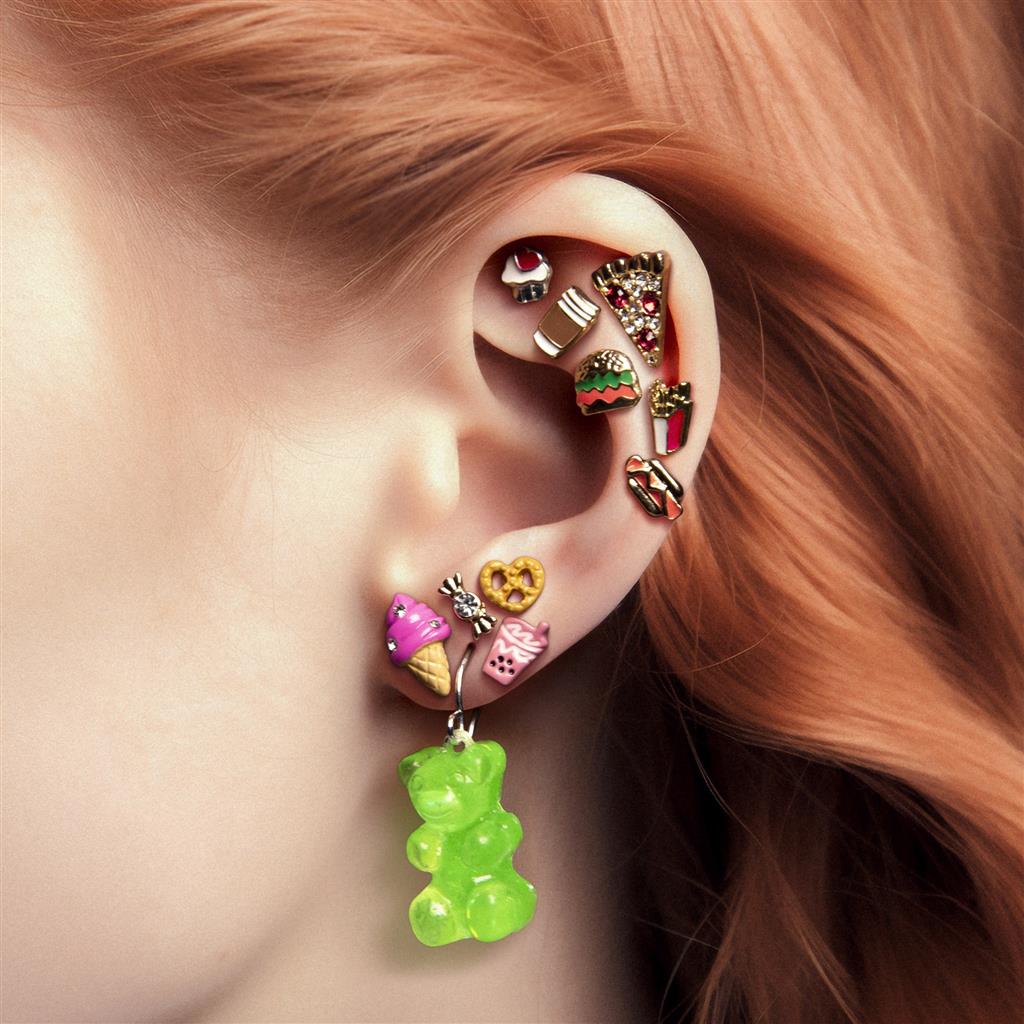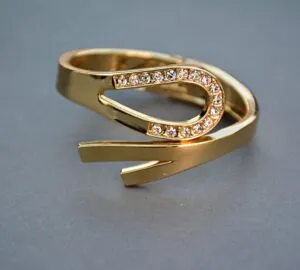Advertisement
Getting a new piercing is an exciting experience, whether it’s your first time or you’re adding to your collection. Claire’s is a popular destination for ear piercings, known for its professional services and wide range of stylish earrings. However, proper aftercare is essential to ensure your piercing heals well and stays healthy. This ultimate guide will provide you with all the information you need for effective piercing care.
1. Immediate Aftercare
a. Cleaning Your Piercing:
- Use Claire’s Ear Care Solution: Immediately after your piercing, Claire’s will provide you with their specially formulated ear care solution. Use this solution to clean your piercing at least three times a day. Saturate a cotton pad or swab with the solution and gently clean around the piercing site.
- Avoid Alcohol and Hydrogen Peroxide: These can be too harsh and may dry out the skin, causing irritation and delaying the healing process.
b. Hands Off:
- Avoid Touching with Unwashed Hands: Always wash your hands thoroughly before touching or cleaning your piercing to prevent introducing bacteria to the site.
- No Twisting or Turning: While some believe that rotating the earring helps, it can actually irritate the piercing and introduce bacteria. Let the piercing naturally heal without unnecessary movement.
2. Daily Care Routine
a. Morning and Evening Routine:
- Clean Twice Daily: Clean your piercing in the morning and before bed using the ear care solution. Ensure that any crusting or dried discharge is gently removed.
b. Showers and Baths:
- Avoid Harsh Soaps and Shampoos: Be cautious with the products you use in the shower. Rinse thoroughly to ensure no soap residue is left on the piercing.
- Dry Carefully: Pat the area dry with a clean towel or paper towel. Avoid using a towel that might harbor bacteria.
3. What to Avoid
a. Swimming Pools and Hot Tubs:
- Stay Away During Healing: Pools and hot tubs contain bacteria that can cause infections. Avoid these until your piercing is fully healed.
b. Changing Jewelry:
- Wait Until Fully Healed: Do not change your earrings until your piercing is completely healed, typically around 6-8 weeks for earlobes and longer for cartilage.
c. Sleeping:
- Avoid Sleeping on the Piercing: Try not to sleep on the side of your new piercing. Use a clean travel pillow or donut pillow to keep pressure off the piercing site.
4. Signs of Infection
a. Symptoms to Watch For:
- Redness and Swelling: Some redness and swelling are normal, but if it worsens, it could indicate an infection.
- Pain and Heat: Increased pain or warmth around the piercing area may be a sign of infection.
- Discharge: Yellow or green discharge, especially with an unpleasant odor, is a clear sign of infection.
b. What to Do:
- Consult a Professional: If you suspect an infection, don’t remove the earring. Consult a professional piercer or healthcare provider for advice.
5. Long-Term Care
a. Regular Cleaning:
- Maintain Hygiene: Even after healing, keep the area clean to avoid future infections. Regularly clean your earrings and piercing site.
b. Choosing Jewelry:
- Use Hypoallergenic Materials: Stick to hypoallergenic earrings, such as those made from surgical steel, titanium, or 14k gold, to avoid allergic reactions.
c. Be Gentle:
- Avoid Trauma: Be mindful of your piercings when brushing your hair, putting on clothes, or engaging in activities that might tug on them.











